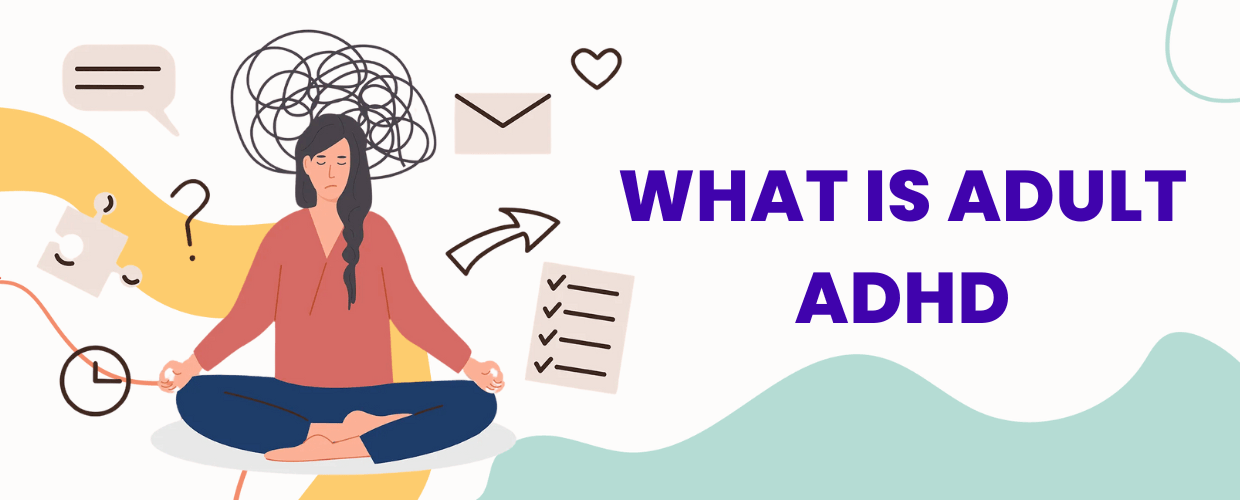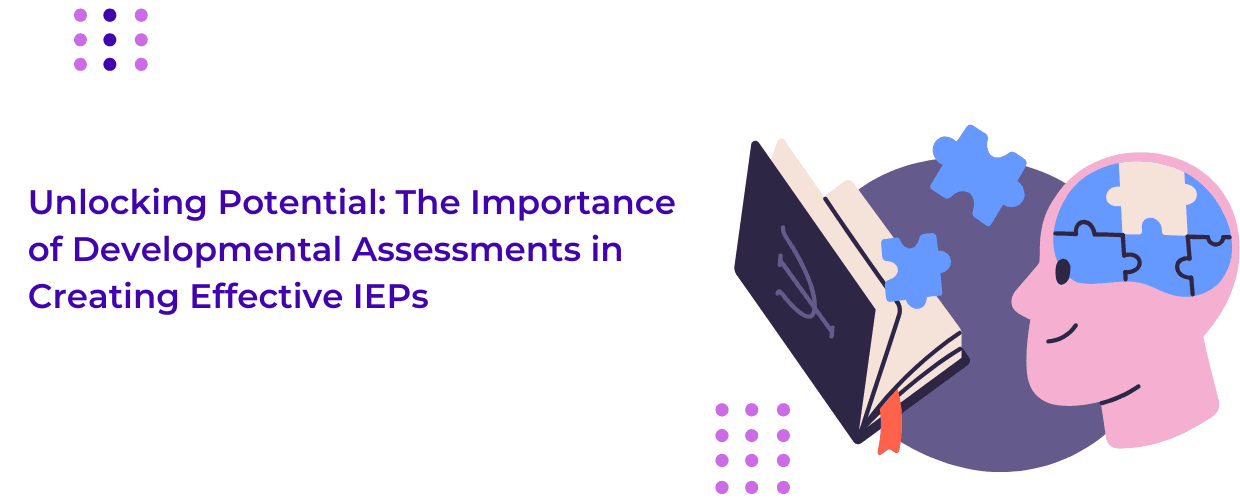Adult ADHD, marked by ongoing challenges in attention, impulsivity, and hyperactivity, significantly affects daily life and often originates from childhood. While previously seen as a childhood condition that would outgrow with age when impulse control develops, recent years have seen a rise in recognition, diagnosis, and successful management of ADHD in adults. Nonetheless, longitudinal research indicates that a considerable portion of children with ADHD, up to 60 percent, continue to grapple with symptoms and functional impairments well into adulthood.
Types of ADHD
ADHD is typically classified into three types:
- Inattentive Presentation
- Hyperactive-Impulsive Presentation
- Combined Presentation – This type involves a combination of both inattentive and hyperactive-impulsive symptoms.
Symptoms
ADHD Inattention presentation
- Making careless mistakes
- Trouble Focusing
- Difficulty Listening
- Failing to Complete Tasks
- Poor Organizational Skills
- Avoiding Tasks that requires sustained focus
- Losing Important Items
- Easily Distracted
- Forgetfulness
ADHD Hyperactive-Impulsive Presentation
- Leaving seat when required to stay (e.g., meetings or lectures)
- Blurting out answers, completing others’ sentences
- Interrupting or intruding on other’s activities
- Struggling to remain quiet
- Fidgeting
- Often on the move, unable to sit still
- Difficulty waiting turn
- Excessive talking
- Restlessness
Childhood Behavioural Manifestations
In childhood, the manifestations of Adult ADHD typically involve a range of behaviors like excessive talking, restlessness, difficulties with reading and comprehension, impulsivity, blurting out answers without thinking, daydreaming, and struggling to wait in line. Additionally, inattention may lead to forgetfulness and poor academic performance in school days.
When To Seek Help
If any of the symptoms mentioned above consistently interfere with your daily life, seeking professional help is advisable.
Need For Seeking Professional Help
Adults with ADHD often struggle in their daily lives, experiencing challenges in education and work due to difficulties with time management, staying focused, and completing tasks. They may engage in risky behaviors like speeding or reckless driving. When ADHD is combined with substance abuse or dissocial behavior, legal problems may arise. However, with the right support and treatment, there’s hope for better outcomes, including improved job performance and overall well-being.
Adult ADHD symptom rating and assessment scales
Self-report checklists are available online; however they are not diagnostic of ADHD. A diagnosis requires a comprehensive evaluation by psychiatrist / clinical psychologist. Evaluation includes a diagnostic interview and objective assessment by neuropsychological tests for attention and working memory.
Management
Treatment for ADHD often involves medication, especially stimulants, which can lead to significant improvement in symptoms for up to 75% of people. Nonstimulant medications may take longer to work but can still be effective. Along with medication, therapy can help reduce symptoms and improve daily functioning for individuals with ADHD. Overall, early intervention promotes better symptom management and overall well-being.






